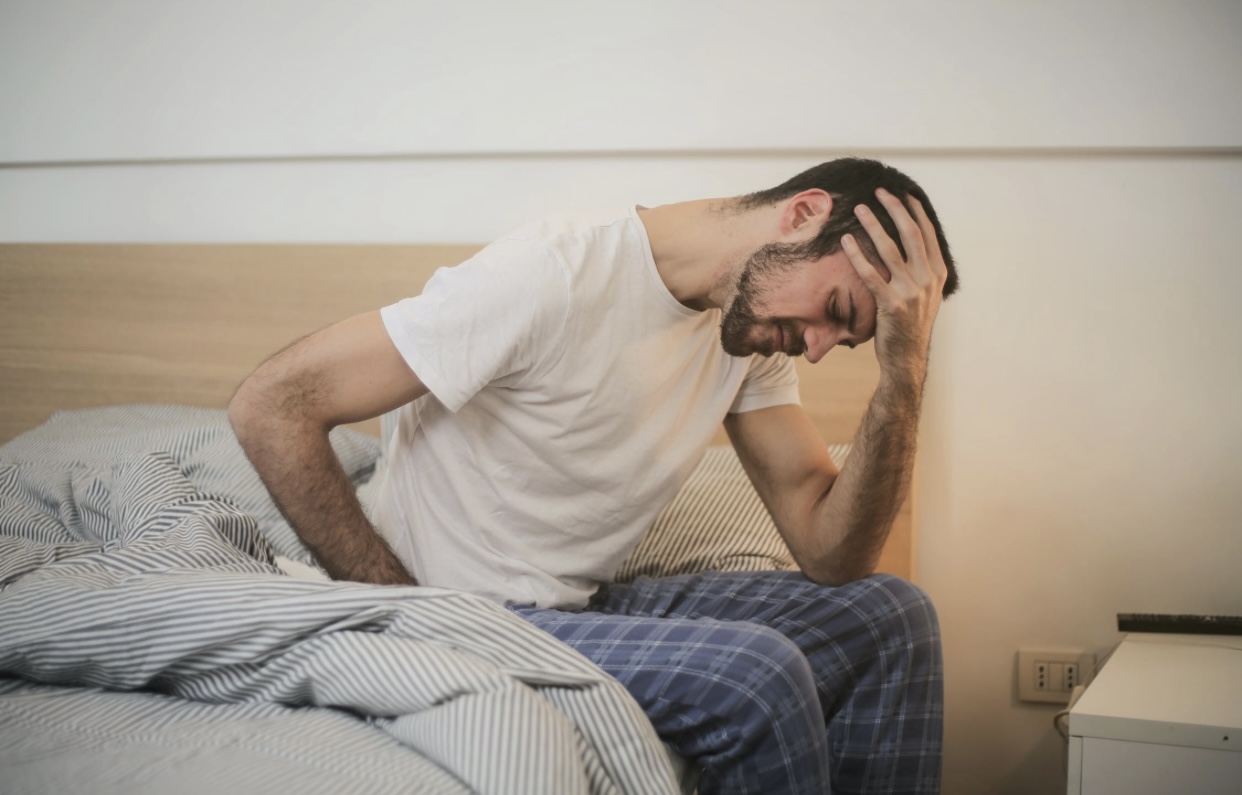A new study published in Body Image explores the association between problematic pornography use and eating disorder symptoms among heterosexual and sexual minority men. The findings indicate that men, regardless of sexuality, who have a problematic relationship with porn tend to experience more dissatisfaction with their bodies and ultimately are more vulnerable to eating disorders. This research may benefit clinicians treating men with eating disorders or pornography addiction.
Research on connections between pornography and eating disorders has traditionally focused on women, but recent studies have shown that men are also affected by these issues. Researchers Ateret Gewirtz-Meydan and Zohar Spivak-Lavi suggest this may be partly due to the increasing availability of online pornography, which can lead to unrealistic expectations about body size and shape.
Additionally, men who struggle with problematic pornography use may be more likely to engage in disordered eating behaviors to cope with negative emotions or stress. A growing body of literature suggests a link between pornography use and negative body image, which is a risk factor for developing eating disorders. However, few studies have explored this relationship in depth.
The researchers put forward several hypotheses in their study. They predicted that problematic pornography use would be connected to increased body comparison and negative body image, leading to a higher prevalence of eating disorder symptoms. Furthermore, they suggested that the perceived realism of pornography would influence the relationship between problematic pornography use and body comparison. Additionally, they hypothesized that anxiety and depression would moderate the association between negative body image and eating disorder symptoms.
A total of 705 Israeli men aged 18 to 68 participated in the study, with an average age of 32. The majority of participants self-identified as heterosexual (67.9%). In order to explore potential variations between heterosexual and sexual minority individuals within the proposed model, the study deliberately oversampled sexual minority men, taking into account previous research indicating higher levels of the variables being studied among this group. Consequently, sexual minority men constituted approximately one-third of the sample (30.1%).
Participants completed assessments of problematic pornography use and perceived realism of pornography, as well as anxiety and depression. They also completed measures of body comparison (i.e., comparing one’s own body to those seen in pornography), negative body image (i.e., dissatisfaction with one’s own body), and eating disorder symptoms (i.e., binge eating, purging behaviors).
The results revealed that higher levels of problematic pornography use were associated with more significant tendencies toward body comparison, negative male body image, and more severe eating disorder symptoms. Specifically, participants who reported higher levels of problematic pornography use were more likely to compare their bodies to those seen in pornographic images. This comparison was then linked to negative male body image and, subsequently, more severe eating disorder symptoms.
The researchers also found that anxiety and depression moderated the association between negative male body image and eating disorder symptoms. In other words, participants who reported higher levels of anxiety or depression were more likely to experience severe eating disorder symptoms if they also had negative feelings about their bodies.
Among the connections examined in the study, only one exhibited differences between heterosexual and non-heterosexual men. This path pertained to the relationship between anxiety, depression, and eating disorder symptoms. Notably, the association was stronger and more significant among non-heterosexual men and less among heterosexual men. These findings suggest that while there were significant variations in data between heterosexual and non-heterosexual men, the underlying processes connecting the measured behaviors.
The research team made a note of the limitations of their study. First, the cross-sectional design limits the ability to establish causality. Second, the study relied on self-reported measures, which may be subject to bias or social desirability effects. Third, the sample was limited to men who reported using pornography at least once in the past six months, which may not represent all men who struggle with problematic pornography use or eating disorders.
Gewirtz-Meydan and Spivak-Lavi suggest that these findings have important implications for mental health professionals working with men who struggle with body image issues and/or problematic pornography use. They note that interventions aimed at reducing problematic pornography use may also help to improve body image and reduce the risk of developing eating disorders. Additionally, they suggest that interventions aimed at reducing anxiety and depression may be particularly effective for men who struggle with negative body image and eating disorder symptoms.
The study, “The association between problematic pornography use and eating disorder symptoms among heterosexual and sexual minority men,” was authored by Ateret Gewirtz-Meydan and Zohar Spivak-Lavi.
